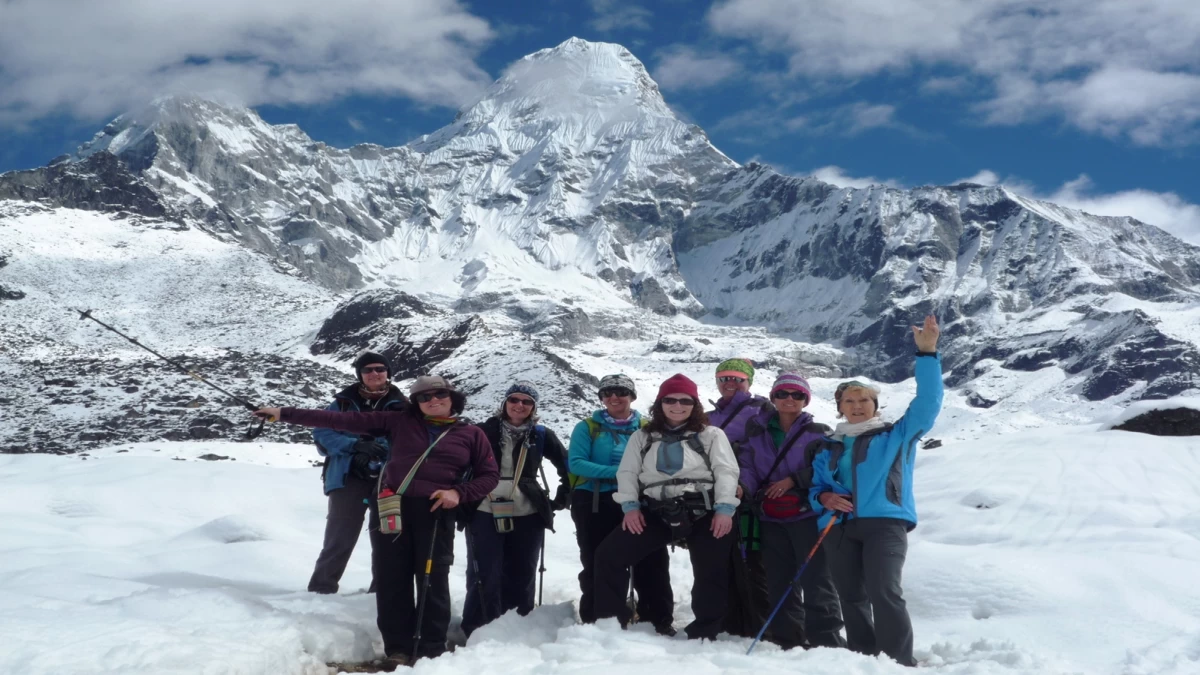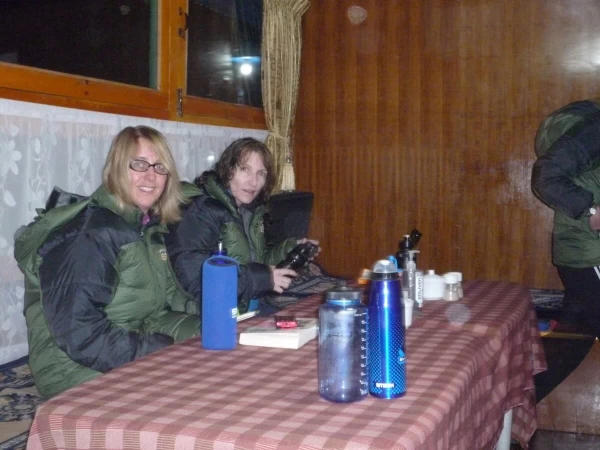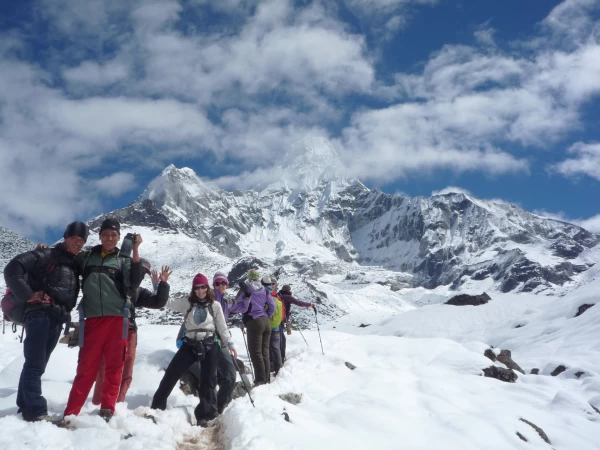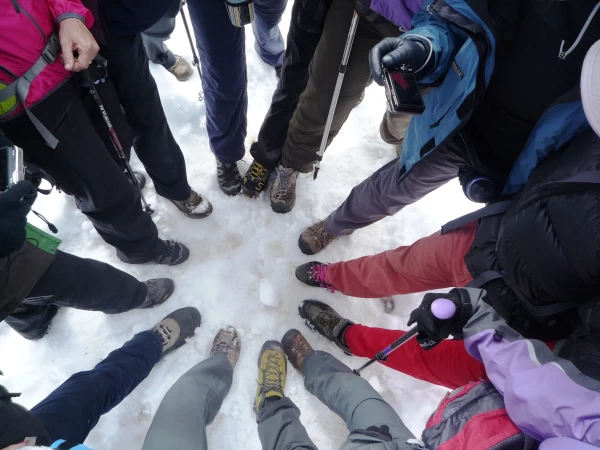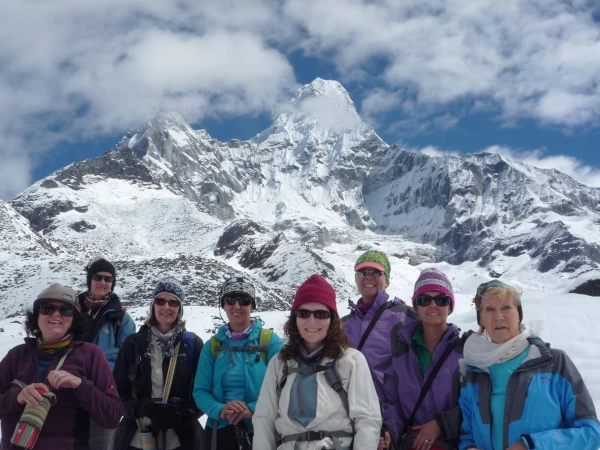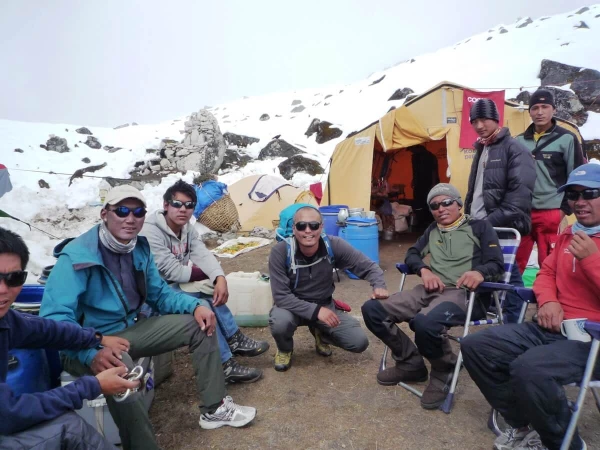Trip Overview
The Jewel Of The Himalayas ,the Ama Dablam Base Camp Trek is a breathtaking adventure that takes you deep into the heart of the Khumbu region commonly known as Everest. This enthralling trek offers an unparalleled mountain views, rich Sherpa culture, and a peaceful trekking experience away from the usual crowds. This trek is ideal for families, silver-spirited adventurers, and beginners looking for a rewarding Himalayan journey without the extreme challenges of high-altitude crossings and the crowd rush to major destinations.
Whether you're an adventure seeker, a nature lover, or someone looking for a peaceful Himalayan retreat, this trek is an excellent choice. It provides the perfect balance of adventure, culture, and comfort, making it one of the best treks for first-time visitors to Nepal.
Mt. Ama Dablam,The Beauty Of Everest
Standing at 6,812 meters (22,349 feet), Mt. Ama Dablam is often regarded as the most elegant and picturesque peak in the Everest region. The word Amadablam literally translate to, Mother’s Lap and also referred as "Mother’s Necklace," inspired by its shape—a protective mother embracing her child, with a glacier resembling a sacred pendant. This stunning peak has drawn climbers and trekkers alike for decades, not just for its dramatic beauty but also for the sense of awe it inspires.
Unlike the more crowded Everest Base Camp route, this trek route offers a serene and immersive experience, where you walk through rhododendron forests, charming Sherpa villages, and high-altitude meadows before reaching the spectacular Ama Dablam Base Camp. Unparalleled Views of Everest, Lhotse, and Ama Dablam will be your constant companions for most part of your journey.
Trekking Highlights
Kathmandu: Explore the vibrant capital of Nepal, rich in history and culture, and the starting point of your adventure.
Lukla Airport: Experience the thrilling landing at one of the world’s most exciting airports, located at 2,840 meters.
Sherpa Villages: Trek through traditional Sherpa settlements, gaining insights into their unique culture and way of life.
Hillary Suspension Bridge: Cross this iconic bridge, a symbol of the Everest region.
Namche Bazaar: Rest in the bustling capital of the Khumbu region, where you’ll acclimatize and explore.
Phortse Village: Stay in the picturesque village with stunning views of terraced fields and surrounding mountains.
Tengboche Monastery: Visit the famous Tengboche Monastery, a spiritual hub for Sherpas with magnificent views of Mount Everest and Ama Dablam.
Amadablam Base Camp: Be immersed in the lap of your mother, a literal translation to the name Amadablam. One gets a welcoming affection while standing close up looking at this mesmerizing mountain mama.
Why Choose The Amadablam Base Camp Trek ?
Less Crowded & Family-Friendly: A peaceful alternative to Everest Base Camp, perfect for those who want an easier, yet equally stunning trek.
Tengboche Monastery – A Spiritual and Scenic Gem: Sitting at 3,867 meters (12,687 feet), Tengboche Monastery is the largest and most revered monastery in the Khumbu region. It offers an unforgettable backdrop of Everest, Lhotse, Nuptse, and Ama Dablam. The monastery, surrounded by prayer flags and ancient chants, is a place of tranquility and a perfect spot for reflection and photography.
Diverse Culture & Warm Hospitality
It offers ample of opportunity to cultural immersion visiting ancient monasteries, meeting local mountaineer Sherpas, and witness their way of life.
Stunning Landscapes & Breathtaking Views: The trek offers a feast for the eyes—snow-capped peaks, vibrant valleys, and endless panoramic views. The sight of Ama Dablam up close is simply mesmerizing. Unparalleled Views of Everest, Lhotse, and Ama Dablam will be your constant companions.
